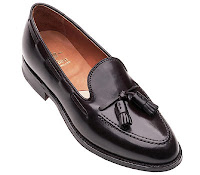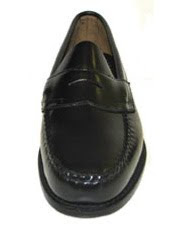
When purchasing a shirt — no matter whether it's a dress of casual shirt — getting the right fit is essential.
There are very few men who are a true Small, Medium or Large. This sizing is usually found with sport shirts. Small = 14.5-inch collar, 32/33-inch sleeve length; Medium = 15.5-inch collar, 33/34-inch sleeve; Large = 16.5-inch collar, 34/35-inch sleeve. There are loose standards for the chest, and a lot of variation of the measurement for the shoulders, waist and length of the shirttail.
Off-the-rack dress shirts are sized by collar size and sleeve length offering a slightly wider selection, but do not share the other dimensions. Try the shirt on. With so many imported garments being produced at very low prices, many pieces are cut from a pattern piece at one time. This leads to differences of up to 1/2-inch on pieces that are supposed to be the same size.
It has gotten to the point that some of the nicer styles by designers and houses such as MIME, Robert Graham, Ralph Lauren, etc cost more than $100 for a shirt. Once that barrier is broken, I recommend you look into custom-made — or more accurately — made-to-measure shirts.
I have always had trouble finding shirts to fit. Currently, my shirts require a 17.5-inch collar, 33-inch sleeve length, 44-inch chest and 34-inch waist. You will not find this size of the rack. Nothing is worse than a collar that is too tight. If you are a wearing a tie and the top button of your shirt is undone, you don't look casual. At best you look sloppy, at worst you look drunk.
There has been a lot written about collar types that compliment a thin face versus a round face, etc. Tom James has a online primer on the subject of
collars. I take some of that with a grain of salt because I think that certain types of collars look better with particular tie knots. I favor the tight single Windsor knot which is best showcased by a tradition collar with a 3-inch point. A spread collar looks best with a double Windsor. I do not look good with a knot that large, that doesn't mean it might not be your signature look. Hey, Pat Riley popularized the spread collar 20 years ago and he still looks great in it.
One more note on collars. Narrow collars are being touted by many designers in conjunction with the skinny suit. Tom Ford and TV shows like White Collar are pushing this style to the Midwest. I will not follow suite (so to speak) because it is a passing fashion. If you are going to wear skinny suits narrow/thin collars and skinny ties, you better be pretty darn skinny yourself. If you want to wear a shirt with a narrow/this collar pair it with a slim suit with thin lapels and a skinny tie.
Here are just a few custom shirt makers:
Giorgenti,
Tom James,
Paul Fredricks, and
CustomSuitsShirts.com to name a few. A clothier such as Tom James will come to you and measure you, otherwise you must follow the instructions for measuring carefully to assure a good fit. Best to have tape measure (a tailor's tape, not one from Home Depot) and let someone else do the measuring.






















